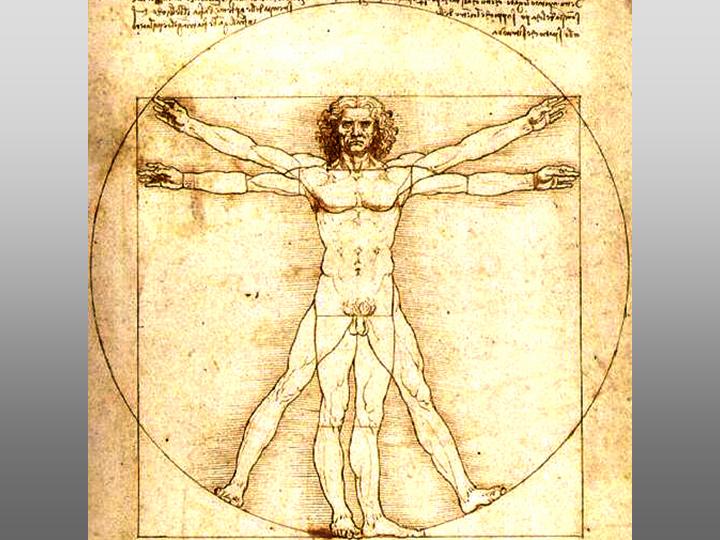

Leonardo da Vinci
1452-1519
BIOGRAPHYBorn in Florence, Italy, Leonardo was apprenticed at the age of 14 to Andrea di Cione, a successful artist of the time. At Andrea di Cione's workshop Leonardo learned many techniques that would later influence his many studies. After becoming a member of the Guild of St Luke, a guild of artists and doctors in medicine, Leonardo set up his own workshop. He spent many years on projects including murals, statues, paintings, engineering military vehicles, organizing and investigating the human anatomy, and experiments with chemicals. Retiring to France in his later years and eventually dying there, he left behind a legacy of information.
an invention-
what many don't know about da Vinci is his study of color theory and how we apply it to the world around us...

chiaroscuro- (meaning light to dark in italian) contrast between light and dark.
Leonardo da Vinci developed the idea of chiaroscuro to create 3-Dimensional objects on a 2-Dimensional surface.

The characters in this painting appear more realistic because of the use of light. Shadows create another dimension and the characters are lifted from the painting. The brightness of the "angel's" skin exaggerates even more the realism of this painting.
Leonardo also developed 5 basic tonal values of an object:
Highlight, direct light, reflected light, shadow, and cast shadow.
highlight - the area of most intense light on a form
direct light - light coming from a source, shown on an object
reflected light - light shown on a source that is not absorbed, but bounced off of the source
shadow - the absence of light on an object
cast shadow - the absence of light portrayed on an object, due to another object

These shapes show a very simple yet implicit look at the 5 basic tonal values that Leonardo developed.
Another theory that da Vinci developed was a 6 'simple' color theory. his theory described how any color could be created from the 6 basic colors of white, yellow, green, blue, black, and red. He utilized this theory to create the Mona Lisa.

These theories that Leonardo developed were utilized by many artists who proceeded him. Though his ideas were simple, he was the first to token them with key terms and specifications. Even today, the term chiaroscuro, is used to describe not only the difference between light and dark, but it is also used in literature to describe one of the basic themes, "good vs. evil".
da Vinci's life work assessed many different social aspects. His color theories not only applied to art, but to the world around us that we see with our own two eyes. His work was very intelligent and advanced for his time, for no one had necessarily applied theories to art. Until his findings, no one had really seen art from a "scientific" point of view.
Today - Leonardo's discoveries are used today to help guide artists to make strong works of art. The portrayal of lightness and darkness in art is what makes a strong and accurate piece. When filming movies, lighting is such an important thing to make accurate in shots, that often there is an entire team dedicated to creating the correct lighting. Photographers must adjust light exposure when taking photographs. Leonardo's ideas have been used and are being used today to develop digital cameras that automatically find the perfect lighting for a photograph. Due to the simplicity of his theories, applying them to future technology is hard, considering the idea of light and dark is so general. We must all just cross our fingers and hope that we always have chiaroscuro, because without light we wouldn't be able to see in the dark.